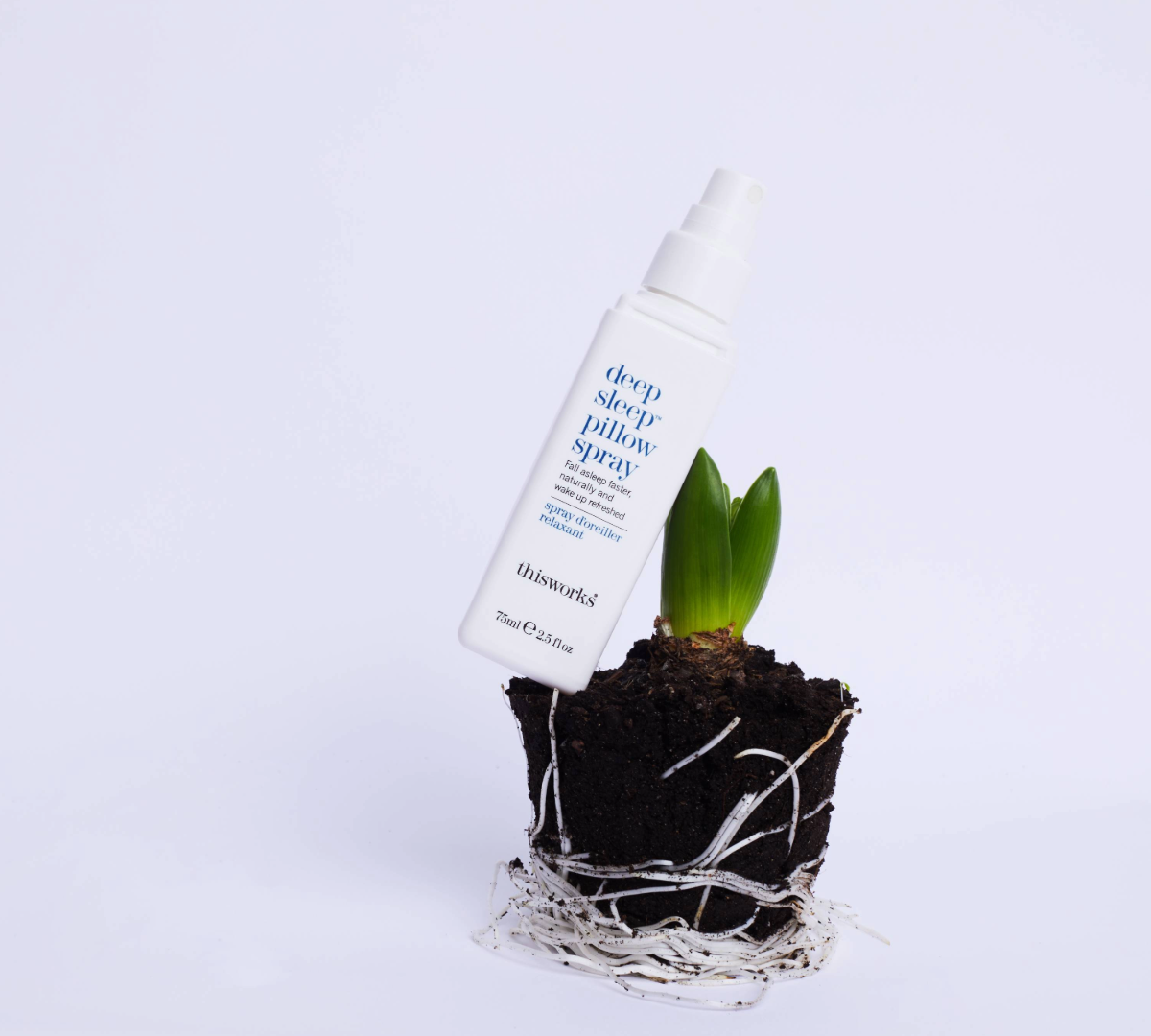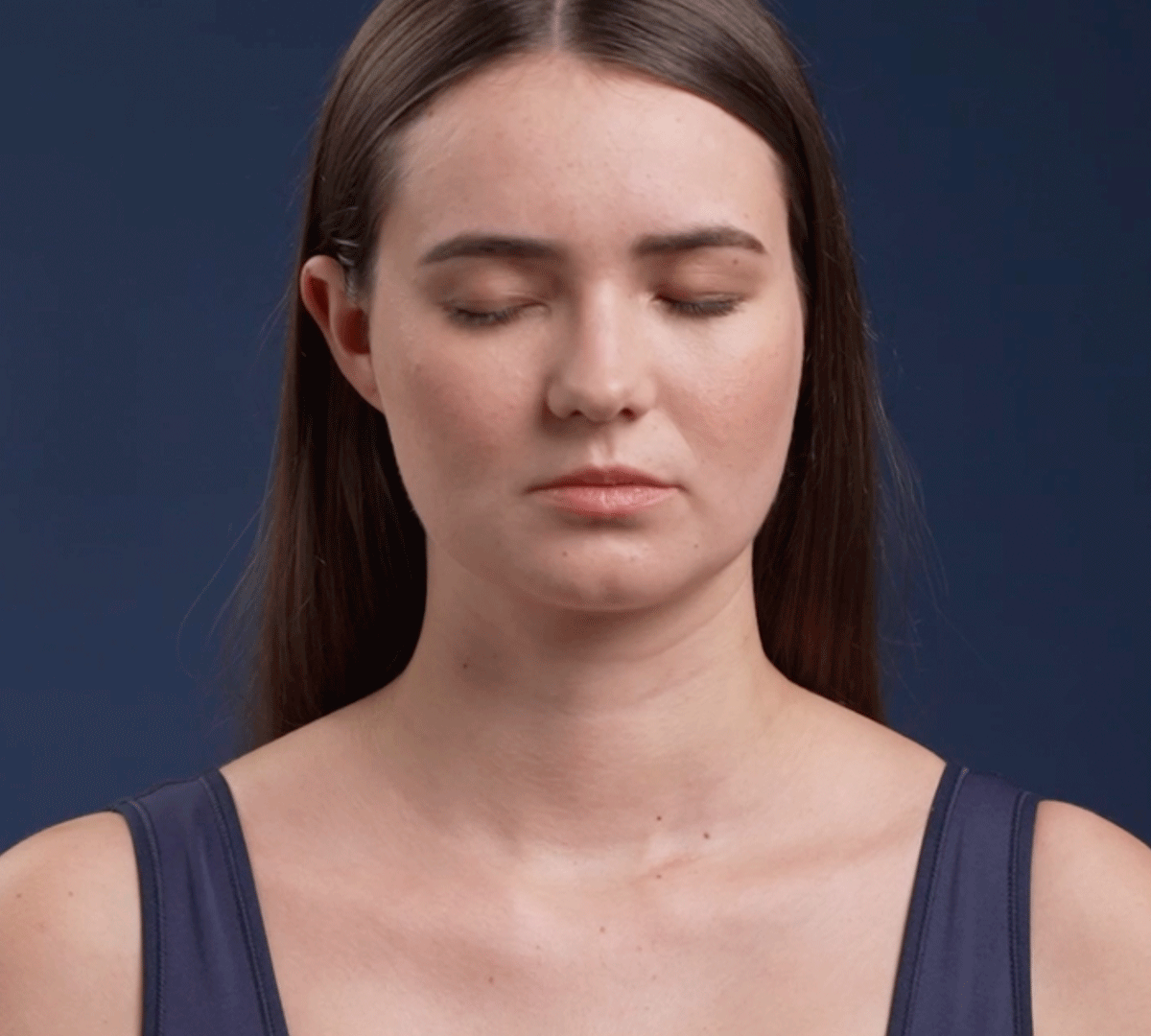breathwork techniques for stress relief
Calm the nervous system with breathwork techniques that help take the body from ‘fight or flight’ to ‘rest and digest’.

For the most part, you may feel as though breathing is an unconscious action, something you do second after second without thinking. But unlike your heartbeat, breathing requires neural input from your brain to happen over and over again – and changing your breathing pattern can have a tremendous effect on the brain and body. Every breath begins with the activation of neurons in the pre-Bötzinger complex. This activation links more neurons in the breathing muscles, causing you to inhale. When the neurons stop firing, the muscles relax, and you exhale. Unlike other neurological functions (like chewing or sniffing), breathing is controlled by neurotransmitters via a two-way communication system. This means that neurotransmitters change breathing patterns and breathing patterns change the release of neurotransmitters. Because of this two-way street, actively altering your breathing can have a powerful effect on your mood – impacting upon anxiety and stress levels, and effecting changes elsewhere in the brain. [1]
the science of breathing for stress relief
The 4-7-8 breathing technique is based on pranayama, which is an ancient yogic practice of controlling your breath. Recent scientific research has shown that this rhythmic deep breathing pattern triggers the calming system (or parasympathetic response) and reduces the arousal system (or sympathetic nervous system), shifting your body from 'fight or flight' into 'rest and digest' mode.
This breathwork technique focuses on inhalation, which means there is an emphasis on dispelling carbon dioxide from the lungs. The neurotransmitter that is released during breathwork is dependent on the balance of carbon dioxide to oxygen in the blood. Higher levels of carbon dioxide put the body under stress and cause the release of adrenalin, increasing our capacity for focus. Whereas breathwork that alters the balance in favour of oxygen, such as 4-7-8, can help activate the parasympathetic nervous system and reduce feelings of stress. It is thought to reduce cortisol levels whilst helping improve blood flow to the brain. [2,3,4,5,6] This can have a powerful effect on stress, anxiety and depression, while helping aid a good night’s sleep.

how to put 4-7-8 into practice
Step one: Find a comfortable place to sit with your back straight.
Step two: Place your tongue against the back of your teeth and keep it there.
Step three: Exhale completely through your mouth around your tongue, making a whoosh sound. It may help to purse your lips.
Step four: Close your lips and inhale through your nose for a count of four.
Step five: Hold your breath for a count of seven.
Step six: Exhale completely through your mouth making a whoosh sound for a count of eight.
Step seven: This completes one cycle. Repeat for three more cycles.
the science of sighing
Did you know we automatically sigh roughly every five minutes?
This is called a physiological sigh and its function is to help to re-open the alveoli in the lungs, which collapse over time. This reduces the lung’s carbon dioxide levels and triggers a reduction in cortisol, while lowering the heart rate – two of the body’s key routes to stress reduction. Studies have shown that viewing small screens such as laptops or mobile phones reduces the number of natural physiological sighs. Without this emphasised exhalation of carbon dioxide, the ratio of carbon dioxide to oxygen in the blood is shifted and our cortisol levels rise, causing increased feelings of stress. By mindfully sighing a few times you can actively reduce feelings of stress and anxiety in seconds when you feel them rising. When practising mindfully sighing, it's best to find a quiet spot in which you feel comfortable, and turn off the screens so you can really tune in. [7,8,9,10].

how to practice physiological sighs
Step one: Inhale deeply through the nose, filling the lungs steadily.
Step two: Top that previous inhale with another shorter inhale through the nose.
Step three: Exhale slowly and fully through the mouth to empty the lungs.
Step four: Repeat 3-5 times.
find balance by breathing
If you ever feel like you need to clear your head and find focus, whilst calming the mind and body, box breathing could be a handy technique to have in your toolkit. Developed to help maintain a balance between alertness and managing stress, box breathing keeps the ratio of oxygen and carbon dioxide in the bloodstream constant, allowing you to maintain a steady, calm mind when focusing on work or conducting complex, stressful tasks. Often, those in high-stress jobs or environments use this technique to improve concentration and to re-centre themselves after being in ‘fight or flight’ mode. The beauty of this technique is that it is simple to remember (some like to picture an actual box whilst doing it) and perform anywhere, at any time. [11]

how to practice box breathing
Step one: Inhale for 3 seconds through the nose or mouth.
Step two: Hold your breath for 3 seconds.
Step three: Exhale for 3 seconds through the nose or mouth (whichever you chose in step one).
Step four: Hold your breath for 3 seconds.
Step five: Repeat the above four steps for a few minutes. It’s fine to engage in other activities while you do this, but not to talk.
Step six: It is important to exhale and inhale deeply, but not so that it’s uncomfortable. With practice, increase the timing to 4 or 5 seconds.
Disclaimer: these techniques and practices are intended for educational purposes only. You should not rely on the information as a substitute for, nor does it replace, professional medical advice, diagnosis or treatment. You should consult with a physician before beginning any exercise/diet/health routine, especially if you are pregnant or have pre-existing health concerns. The use of any information provided is solely at your own risk.
3. Pradip Pandekar, P., & Thangavelu, P. D. (2019). Effect of 4-7-8 Breathing Technique on Anxiety and Depression in Moderate Chronic Obstructive Pulmonary Disease Patients. International Journal of Health Sciences & Research (Www.Ijhsr.Org), 9(5).
4. Nowicki, L. V. (2021). The Effect of a Breathing Technique on Reducing Postoperative Orthopedic Pain. In The Nurse Practitioner (Vol. 40, Issue 4).
6. Pandekar, P. P., & Thangavelu, P. D. (2019). Effect of 4-7-8 Breathing Technique on Anxiety and Depression in Moderate. International Journal of Health Sciences and Research, 9(5).














